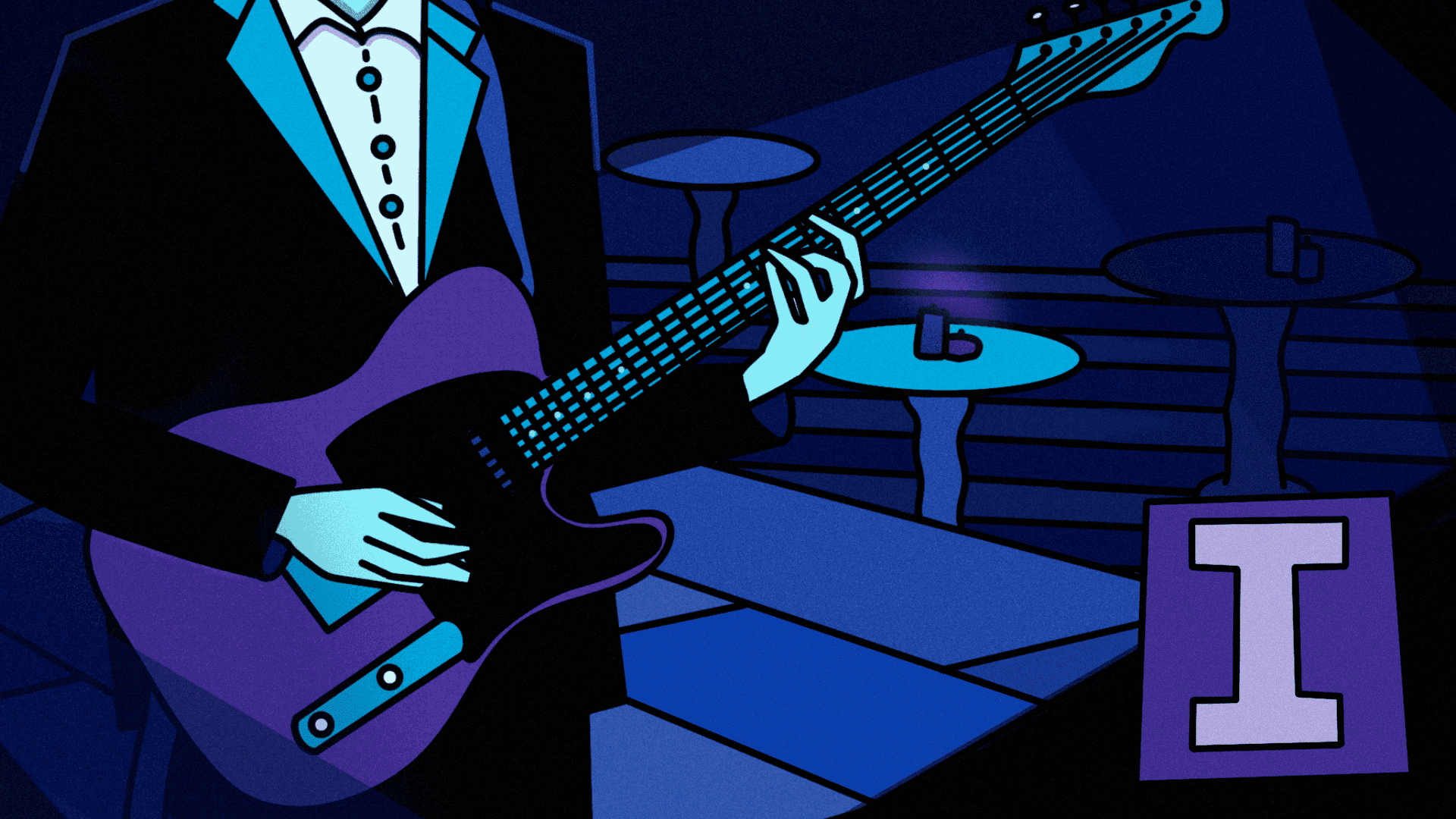In this Born Under A Bad Sign guitar lesson, we're going to be taking Albert Kings iconic track and breaking down all the sections for you. As you may well know, there are a hundred plus versions of this track out there, covered by every blues man on the planet (ish!), but the original remains an Albert King track, so that's why it's worth studying the original.
“
Jed Cutler
“
The good news is that this track is essentially a 12 bar blues, but instead of just playing chords, we are using a few riffs to play through the majority of the song. The wisest way to approach it is as I do in the video, section by section, starting with the intro. So let's dive in…
Born Under A Bad Sign Intro
So let's kick off with the introduction. The intro, and rest of the track is in the key of C# blues, and we're basically using the classic I, IV, V progression. This gives us the chords of C#7, F#7 & G#7. However, rather than play that I chord of C#7, we are typically working some kind of riff in that area. On top of that, the intro is a shortened version of the 12 bar sequence, that looks like this:
So as you can see from the chart, all of those C#7 chords are the riff we're playing. To see the riff in detail, watch the video as I walk you through it nice and slowly! Fundamentally though, we're using the C#m pentatonic box 3 to play the riff, as well as that awesome open E string that just sounds so cool here. Here is the shape:
The trickIest part in the intro is getting that pickup bar that comes in before the start of the chord chart. All you need to do is remember the riff comes in on the "2 and" beat, which means you can count the riff like "and 3 and 4 and one", highlighting that the one is the start of the track.
As for the chord shapes, I play them in a slightly unconventional way in the video, but you can play them however you like. They are based on the barre chord E shapes for the chord, like this:
Three Riffs, one track!
So now let me draw your attention to something very important in this track. Over the C#7 chords, Albert King rotates between 2 core riffs. The first riff is the famous riff, as played in the intro. This is the riff you sing when you think of the song, so we all know that bit! However, there is a second, more subtle riff, which is played for the first 4 bars of the verse. You then switch back to the main riff for the next 4 bars. This is demonstrated in this visual…
You'll also notice that there is a third riff of sorts, which is the V to IV chord and the cool chromatic lead up that I talk about in the video. All together, with these 3 different ideas, you have one whole verse, which then repeats for the rest of the track!
“
I would highly recommend learning all three riffs separately before trying to put them together in the track. I'd also recommend spending the time listening intently to the verses of the track, picking out the riffs behind the vocals, so that you can be clear on what you are trying to play!
Jed Cutler
“
I just wanted to say quickly, as an apology, that in this video when I play through the verse of the track, I accidentally play the riffs in the wrong order. So I play the main riff first, then the smaller riff, but in the case of the verses of the track it's the other way round! This is a great lesson for you all (not as deliberate as it should be of course…) in that you need to trust your ears and own experience first, then the teacher second! 😂🙏
Want to jam some solos out?
Finally, as a little extra to this lesson, if you want to jam out a cool blues solo over the top of Albert King, you can absolutely do so. Remember that you are in the key of C# blues here, with a riff based heavily in the minor pentatonic, so you're best bet is to use the C# minor pentatonic. If you're a member of the Guitar Club, you can use the toolbox to see the whole C# minor pentatonic scale across the neck, but just to get you started, here is the Pentatonic Box 1.
Love blues?
If blues is your bag and you want to really dive into the subject whole heartedly, please check out some of these courses that I think you'll absolutely love, and can lay your blues foundations to be able to play anything you like in the future!
Enjoyed this?
Go even further with a free trial to the Guitar Club.
Unlimited access to all our courses, practice journal, guitar toolbox and more!
Start for free
No credit card required


